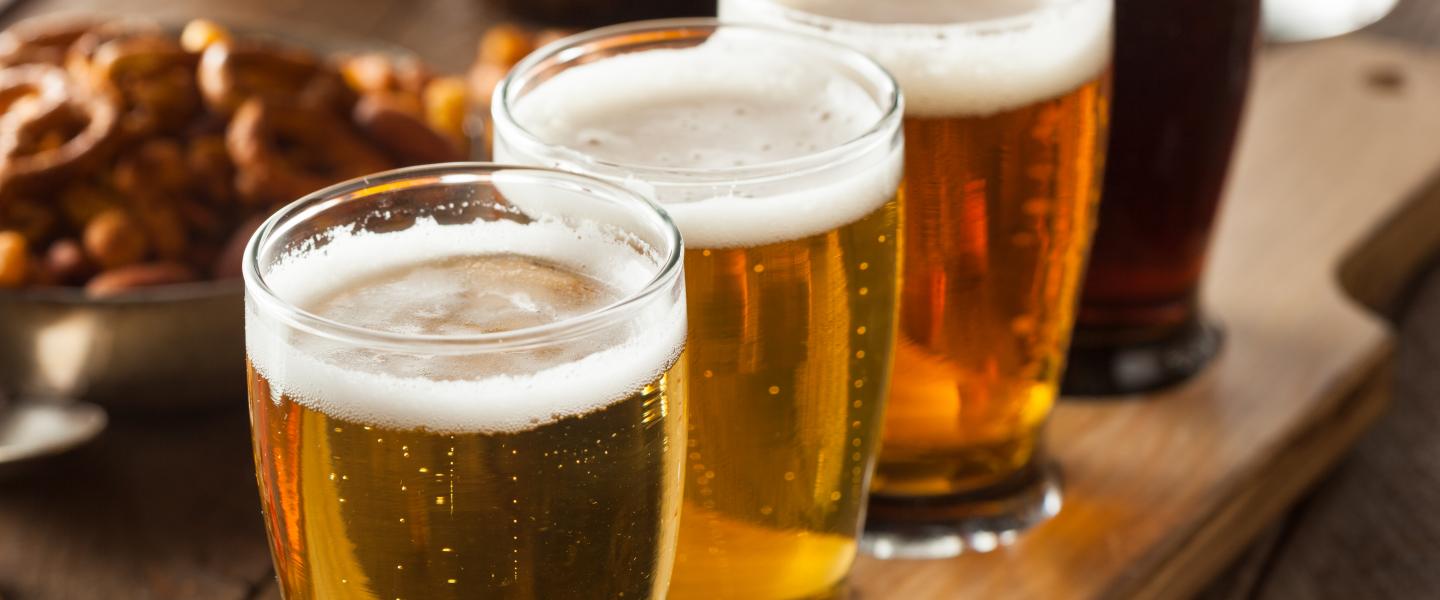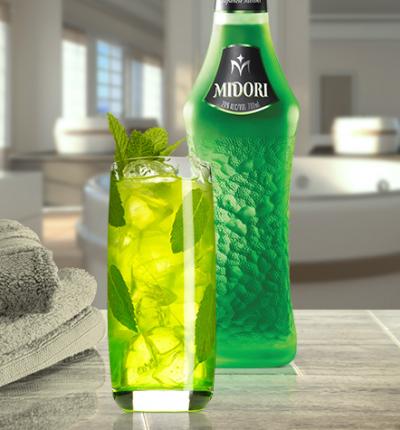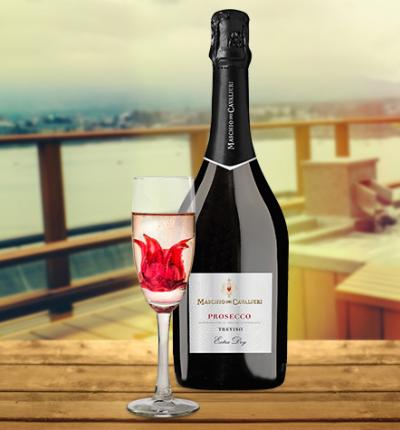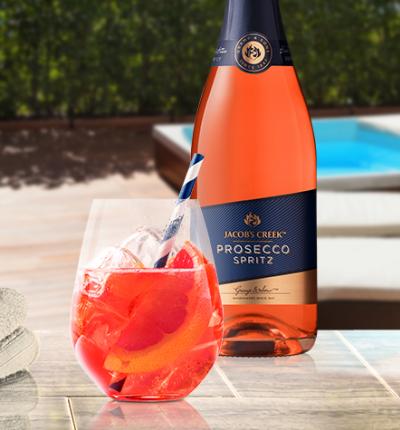You are here
Types Of Beer
Types Of Beer
Beer types are determined more by their method of fermentation than by their labels. There are four types of beer most commonly produced in the world today: top fermenting (ales), bottom fermenting (lagers), spontaneous fermenting (Lambic) and those of mixed origin. Within each category, there are an almost endless variety of brews to choose from - and each one says as much about its maker as it does about the culture from which it sprung.
Ales
Ales have been produced for centuries, with the first known recipe being written in Sumerian on the "Alulu Tablet" in around 2050 B.C. Even then, there were four known varieties of ale being produced, the number of which has grown exponentially today.
Ales use yeasts that ferment at warmer temperatures (between 15-23 degrees Celsius). Because this type of yeast forms a foamy lather on the top of the brew, it is called a top fermenting process. This type of fermentation became popular in Britain many centuries ago, and is part of the reason why ales are still so popular there today. Ales come in quite a few varieties, including India Pale Ale, Pale Ale, Mild Ale, Brown Ale, Bitter and darker stouts. Porter Ales, which were popular in Britain in the 18th and 19th Centuries, were phased out by many breweries, but in recent years have been making a comeback.
Lagers
Lager beers use a yeast variety that 'flocculates' to the bottom of the fermentation vat, hence why they are called bottom-fermented beers. The yeast responds best to colder temperatures (7-12 degrees Celsius), which perhaps explains why they grew in popularity so rapidly in Europe, where in countries like Bavaria they were stored in caves while the secondary 'lagering' stage took place. Lagers beers are generally lighter in colour and crisper than ales, however, some varieties are darker in colour and stronger in taste. One of the most famous varieties of lager beer is Pilsner, which is still largely brewed according to the traditional method developed in the town of Pilsen (Plzeň), once a part of the Austrian Monarchy but now located in the Czech Republic.
Lambic
Lambic beers are probably less well known by many beer drinkers, but their fermentation process is perhaps the most interesting and unique. Unlike ales or lagers, a Lambic beer goes through the process of 'spontaneous fermentation' after the wort (the liquid extracted after the grains are mashed) is exposed to the open air. This requires the very specific environment of the Senne Valley in Belgium, which produces the necessary wild yeasts that give Lambic beer its unique flavour, and is why most Lambic beers are today created within a 20km radius of Brussels.
Lambic beer also differs from ales and lagers in terms of both the age of the hops used (at least 3 years old, so the hops retain no bitterness) and the ageing process of the beer, which requires at least 2 years.
Mixed Origin
Mixed beers are, as the name suggests, often a hybrid mix of beer types. For example, some beers use a top fermenting process but cold conditioning, while others the opposite. Fruit and vegetables that can accentuate and harmonise with a beer's flavour are sometimes used during the fermentation process, while others are infused with herbs or spices. Other beers are aged in wooden casks, particularly bourbon casks, to create a deeper flavour, and others use malt that has been exposed to wood smoke, giving them a smoky flavour.
Today, there are beers that both stay true to their origins and others who brave it all to explore the new frontiers of brewing. By understanding a bit about how the fermentation process leads to different beer types, perhaps you can enjoy exploring your local selection even more.






